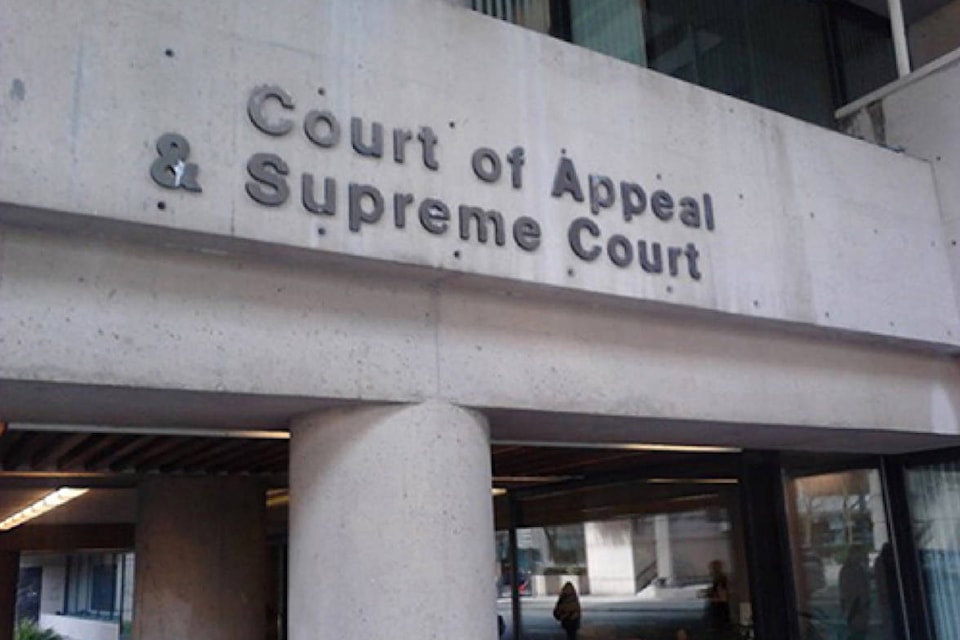Two acres means two acres, a B.C. judge has ruled in a case over Agricultural Land Commission jurisdiction.
A Langley landowner recently won her case and will be allowed to subdivide a property because it’s very, very slightly less than two acres in size.
In 2009, Kathryn Guse bought a parcel of land in rural Langley Township. In 2015, she applied to the Township to subdivide the site into four lots of approximately half an acre each.
The Township raised no objections, but notified the Agricultural Land Commission (ALC) because the property was next to farmland.
Property in the Agricultural Land Reserve normally needs ALC approval for subdivision, but in this case the Township felt that since the land had been surveyed at 1.997 acres, it was exempt from that rule. Any lot less than two acres in size is exempt.
The ALC wrote back and objected, saying the property “should be considered to be two acres because it was more than 1.995 acres.”
The ALC had updated its policies to consider any property of 1.995 acres and up as being equivalent to two acres or more.
That led to a hearing before B.C. Supreme Court Justice Robert Sewell.
Sewell ruled the ALC’s rules are not meant to apply to any property smaller than two acres.
“In summary, I find that there is only one reasonable interpretation of [the regulation] and that the decision and the policy on which it is based are unreasonable because they ignore the plain meaning of the section as informed by the legislative context,” Sewell wrote.
He overturned the ALC’s decision and declared the lot is exempt from the ALC’s jurisdiction over subdivision.



